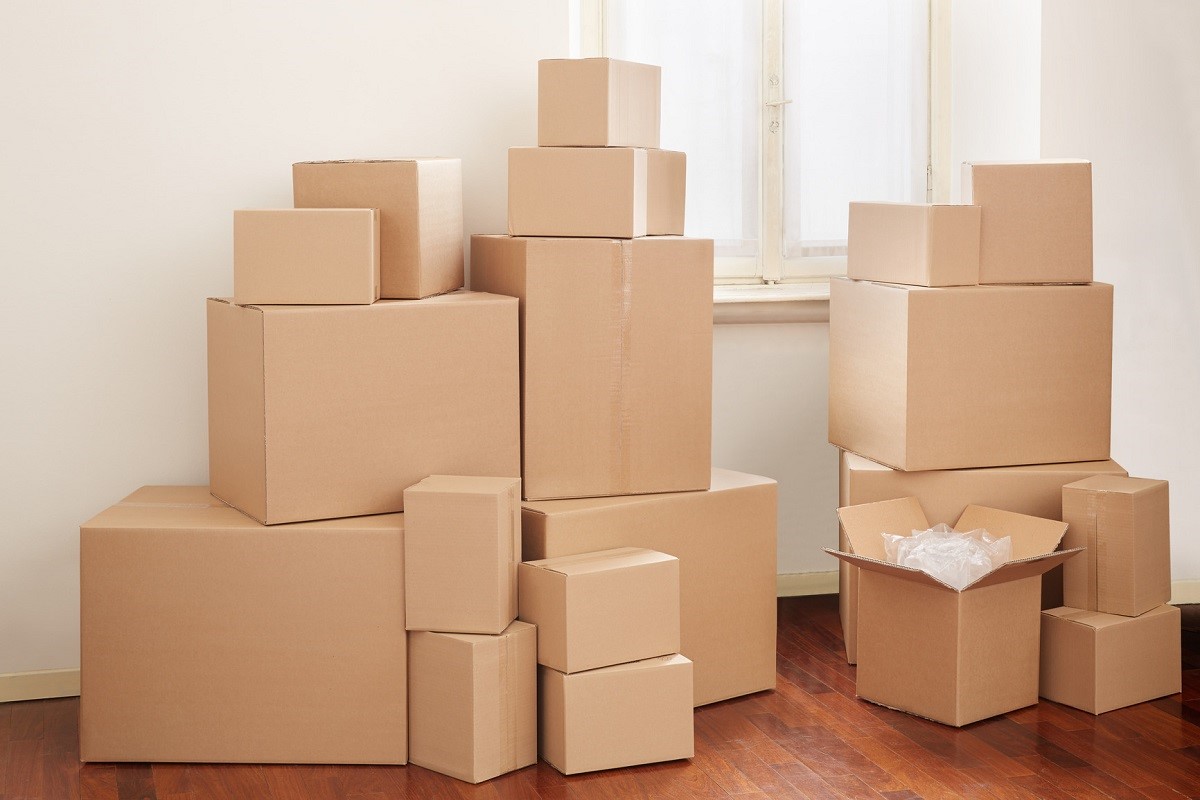

Articles
How To Store Moving Boxes
Modified: January 19, 2024
Learn the best ways to store moving boxes with these helpful articles. Find tips and tricks to keep your boxes organized and protected during storage.
(Many of the links in this article redirect to a specific reviewed product. Your purchase of these products through affiliate links helps to generate commission for Storables.com, at no extra cost. Learn more)
Introduction
Moving can be a chaotic and overwhelming process. From packing up your belongings to organizing transportation, there are numerous tasks to tackle. However, once you’ve successfully moved into your new home, what do you do with all those moving boxes? Simply tossing them aside is not an efficient or environmentally friendly solution.
Properly storing your moving boxes not only helps keep your home clutter-free but also ensures that your belongings remain safe and secure until you need them again. In this article, we will guide you through the steps of storing your moving boxes effectively and efficiently, allowing you to reclaim valuable space while keeping your items in pristine condition.
Key Takeaways:
- Efficiently store moving boxes by assessing contents, cleaning, stacking, and labeling. Choose a suitable storage space and protect against moisture and pests for long-term preservation.
- Organize and optimize storage space for easy retrieval. Keep a detailed inventory and follow specific guidelines for long-term storage to ensure the safety and preservation of your belongings.
Read more: How To Move Electrical Box
Step 1: Assessing the Contents
The first step in storing your moving boxes is to assess the contents and determine which items you will need access to in the near future and which can be stored away for a longer period of time. This will help you prioritize the boxes that need to be easily accessible.
Start by going through each box and categorizing the items based on their importance and frequency of use. Items that you use on a daily basis, such as kitchen utensils or toiletries, should be easily accessible, while seasonal items like holiday decorations can be stored away until needed.
Additionally, consider the fragility of certain items. Delicate items such as glassware or electronics may require special attention when it comes to storage. Separate them from other items and label the boxes accordingly.
By assessing the contents of your moving boxes, you can determine the most efficient way to store them and prioritize their accessibility based on your needs.
Step 2: Cleaning and Disassembling Boxes
Before storing your moving boxes, it’s important to clean them thoroughly. Dust and dirt can accumulate during the moving process, so take the time to wipe down each box and remove any debris.
If the boxes are made of sturdy material, such as plastic or metal, you can wash them with water and mild detergent. For cardboard boxes, you can use a damp cloth or sponge to gently wipe them clean. Make sure to let the boxes dry completely before proceeding.
Once the boxes are clean, consider disassembling them to save space. Remove any tape or adhesive that is holding the boxes together and carefully fold them flat. This will make it easier to stack and store the boxes later on.
Label each box with a marker indicating its contents. This will make it easier to find specific items when you need them in the future. Additionally, take note of any fragile items and mark the boxes accordingly to ensure they are handled with care during transportation and storage.
By cleaning and disassembling your moving boxes, you can ensure that they are in good condition and ready to be stored away efficiently.
Step 3: Utilizing Stacking and Nesting Techniques
When it comes to storing your moving boxes, utilizing stacking and nesting techniques can greatly optimize the use of available space. This helps to create a more organized storage area and prevents boxes from toppling over.
Start by placing the larger and heavier boxes at the bottom of the stack. This provides a stable foundation for the rest of the boxes. Ensure that the weight is evenly distributed to prevent any boxes from collapsing under the pressure.
Next, stack the boxes of similar sizes together. This helps to maximize the use of vertical space. Be cautious not to stack boxes too high, as it may become unstable and pose a safety hazard. If necessary, use sturdy platforms or shelves to create multiple levels for stacking.
In addition to stacking, you can also employ nesting techniques to save space. Nesting involves placing smaller boxes inside larger ones. For example, you can nest smaller boxes filled with kitchen utensils or office supplies inside larger moving boxes. This not only saves space but also keeps related items together for easy retrieval.
Remember to reinforce the stacks by using sturdy straps or bungee cords to prevent any accidental shifting or falling. This adds an extra layer of stability and helps maintain the integrity of the stacks.
By utilizing stacking and nesting techniques, you can make the most efficient use of your storage space while ensuring the safety and stability of your stored moving boxes.
Step 4: Labeling and Organizing Boxes
Labeling and organizing your moving boxes is crucial for easy retrieval and to avoid the hassle of rummaging through multiple boxes to find what you need. Here are some tips to help you effectively label and organize your boxes:
- Categorize by room: Assign a specific label to each box based on the room it belongs to. For example, label boxes as “Kitchen”, “Bedroom”, “Living Room”, etc. This way, you can easily locate boxes when you need items from a particular room.
- Use color-coded labels: To further enhance organization, consider using color-coded labels in addition to text labels. Assign each room a specific color and use corresponding colored labels for the boxes. This visual cue makes it even easier to identify specific rooms.
- Include a brief description: Along with the room label, write a brief description of the contents on the box. This can be helpful when you need to quickly find a specific item without opening multiple boxes.
- Create an inventory list: Keep a master inventory list of all the boxes you have stored. This list can include the box number, room label, description of contents, and any additional notes. This serves as a handy reference when you’re looking for a specific item and helps you keep track of your stored belongings.
- Group similar items together: When organizing your boxes, group similar items together. For example, keep kitchen appliances and utensils in one box, books in another, and clothes in separate boxes. This makes it easier to locate specific items within each box.
By labeling and organizing your moving boxes, you can streamline the process of finding and retrieving items from storage, saving you time and frustration.
Read more: How To Move A Litter Box
Step 5: Choosing Suitable Storage Space
Choosing the right storage space for your moving boxes is essential for their safety and longevity. Here are some factors to consider when selecting a suitable storage area:
- Climate-controlled environment: Extreme temperatures and humidity can damage your belongings, especially items that are sensitive to changes in the environment. Opt for a storage space that offers climate control to protect your items from moisture, heat, and cold.
- Security measures: Look for a storage facility that has adequate security measures in place, such as surveillance cameras, secure locks, and restricted access. Your belongings should be well-protected from theft and vandalism.
- Cleanliness and pest control: Ensure that the storage area is clean and free from pests and rodents. Storage spaces with regular pest control measures in place will prevent any damage to your boxes and belongings.
- Size of the storage unit: Consider the size of the storage unit you will need based on the number and size of your moving boxes. Choose a unit that provides enough space for comfortable access and movement.
- Accessibility: Evaluate how easily you can access your storage unit. Consider factors such as the facility’s operating hours, ease of navigation within the storage facility, and proximity to your home or workplace.
- Air circulation: Good air circulation is crucial to prevent mold and mildew growth. Ensure that the storage area has proper ventilation to maintain the freshness of your belongings.
By carefully selecting a suitable storage space, you can ensure the safety and preservation of your moving boxes and belongings for the duration of their storage.
When storing moving boxes, make sure to label each box with its contents and the room it belongs in. Stack boxes in a dry, cool area to prevent damage from moisture and pests. Keep heavier boxes on the bottom and lighter boxes on top to prevent crushing.
Step 6: Protecting Boxes from Moisture and Pests
Moisture and pests can wreak havoc on your stored moving boxes and their contents. Taking proper precautions to protect against these elements is essential. Here are some steps to safeguard your boxes:
- Use plastic wrap or garbage bags: Before placing your items in the boxes, line them with plastic wrap or garbage bags. This provides an extra layer of protection against moisture that may seep into the storage space.
- Invest in moisture absorbers: Place moisture absorbers, such as silica gel packets or desiccant packs, inside the boxes. These absorb excess moisture and help prevent mold and mildew growth.
- Elevate boxes off the ground: Place wooden pallets or plastic pallets on the floor of the storage unit to elevate your boxes. This ensures that they are not in direct contact with the ground, reducing the risk of moisture seeping into the boxes.
- Seal gaps and cracks: Inspect the storage unit for any gaps, cracks, or openings that could allow pests to enter. Seal these areas using caulk or foam insulation to prevent unwanted visitors.
- Consider using pest deterrents: Use pest deterrents such as mothballs, cedar chips, or herbal sachets to ward off insects and rodents. Place these deterrents strategically throughout the storage area and inside the boxes.
- Regularly inspect and clean: Periodically inspect your stored boxes for any signs of pests or moisture damage. If you notice any issues, take immediate action to address the problem and protect the rest of your belongings.
By taking these preventive measures, you can minimize the risk of moisture damage and pest infestation, ensuring the longevity of your stored moving boxes and their contents.
Step 7: Storing Fragile Items Safely
When it comes to storing fragile items, extra care and attention are necessary to prevent damage. Follow these steps to ensure the safe storage of your delicate belongings:
- Wrap items individually: Before placing fragile items in boxes, wrap them individually in bubble wrap or packing paper. This provides an additional layer of protection by cushioning the items and preventing them from shifting during storage.
- Use appropriate packing materials: Utilize sturdy boxes specifically designed for fragile items. These are typically thicker and offer better protection. Reinforce the bottom and sides of the boxes with packing tape to ensure they can withstand the weight of the contents.
- Label boxes as “Fragile”: Clearly mark boxes containing fragile items with “Fragile” labels. This alerts anyone handling the boxes to exercise caution and handle them with care.
- Store fragile items on top: Place boxes containing fragile items on top of the stack. This way, there is less chance of other boxes being placed on top, which could potentially damage the delicate contents.
- Avoid overcrowding: Avoid overcrowding boxes with fragile items. Leaving some empty space within the boxes provides additional protection by giving the items room to absorb shocks and impacts.
- Separate fragile items: If possible, separate fragile items from each other with protective dividers, such as cardboard or foam inserts. This prevents them from touching and potentially causing damage due to friction or impact.
- Consider climate-controlled storage: If you have particularly delicate or temperature-sensitive items, opt for a climate-controlled storage unit. This helps maintain a stable environment and minimizes the risk of temperature-induced damage.
By taking these precautions, you can store your fragile items with confidence, knowing that they will remain intact until you need them again.
Step 8: Optimizing Storage Space
Maximizing the storage space available is essential for storing your moving boxes efficiently. Here are some tips to help you optimize your storage space:
- Utilize vertical space: Make use of the height of the storage unit by stacking boxes vertically. Place sturdy and heavier boxes at the bottom and stack lighter boxes on top.
- Fill empty spaces: Fill any empty spaces within boxes with smaller items or packing materials. This helps to prevent boxes from collapsing and maximizes storage capacity.
- Consider modular storage systems: Invest in modular storage systems, such as shelves or storage cubes, to create multiple levels for stacking boxes. Modular systems allow for easier access to boxes and can be adjusted as needed.
- Leave walkways: Create walkways between your stacked boxes to allow easy access to all areas of the storage unit. This prevents the need to dismantle stacks when retrieving a specific box.
- Use storage bins or drawers: Instead of using only boxes, consider using storage bins or drawers. These can help maximize space by allowing for better stacking and organization.
- Consider overhead storage: If the storage unit has overhead space, use it to store lightweight, less frequently used items. Utilize platforms or hanging racks to make the most of this space.
- Remove unnecessary packaging: Remove excess packaging, such as plastic wrap or bulky boxes, to save space. Consolidate items into smaller, more compact containers when possible.
- Label and map out storage placement: Create a labeling system for each stack or section of the storage unit. Maintain a map of where each box is positioned to easily locate specific items when needed.
By implementing these strategies, you can make the most of your storage space and ensure easy access to your stored moving boxes.
Read more: Where To Get Cheap Boxes For Moving
Step 9: Keeping an Inventory of Stored Boxes
Keeping an inventory of your stored boxes is essential for efficient retrieval and organization. Here’s how you can effectively track and manage your inventory:
- Create a detailed list: Begin by creating a comprehensive list of all the boxes you have stored. Include information such as the box number, contents, room label, and any additional notes.
- Utilize digital tools: Consider using inventory management apps or software to keep track of your stored boxes digitally. These tools often offer features like barcode scanning, which makes inventory management easier and more accurate.
- Label boxes with unique identifiers: Assign each box a unique identifier, such as a number or code. Use this identifier consistently across your inventory list to easily locate and identify specific boxes.
- Update the inventory regularly: As you add or remove boxes from storage, update your inventory list accordingly. This ensures that your inventory remains up to date and reflects the current contents of your storage space.
- Keep a copy of the inventory off-site: It’s important to have a backup copy of your inventory in case of unforeseen circumstances, such as damage to the original list or loss of access to digital tools. Keep a copy of the inventory off-site or in cloud storage for safekeeping.
- Use color-coding or labeling system: Consider implementing a color-coding or labeling system to easily identify different categories of items or prioritize boxes based on their accessibility needs. This helps streamline the search process and saves time when retrieving specific items.
- Perform regular inventory audits: Set a schedule to conduct regular inventory audits to ensure the accuracy of your list. This allows you to verify the contents of each box, update any changes, and maintain organization in your storage space.
By investing time and effort in maintaining an inventory of your stored boxes, you can easily locate and manage your belongings, saving you valuable time and minimizing frustration.
Step 10: Guidelines for Long-Term Storage
If you plan on storing your moving boxes for an extended period of time, it’s crucial to follow these guidelines to ensure the preservation and condition of your belongings:
- Choose durable and quality boxes: Opt for sturdy boxes made of high-quality materials. They should withstand the test of time and protect your items from damage.
- Wrap items in protective materials: For long-term storage, it’s advisable to wrap your items in protective materials such as bubble wrap or acid-free tissue paper. This provides an additional layer of cushioning and prevents moisture or dust from affecting your belongings.
- Avoid using plastic bags: While plastic bags may seem like a convenient option, avoid using them for long-term storage. They can trap moisture and promote mold or mildew growth, potentially damaging your items.
- Consider climate-controlled storage: Extreme temperatures and fluctuations in humidity can harm your belongings over time. If possible, opt for a climate-controlled storage unit to maintain a stable environment and prevent damage caused by temperature and humidity changes.
- Regularly inspect and maintain: Schedule periodic inspections of your stored boxes to identify any signs of damage, pests, or deterioration. If you notice any issues, take prompt action to address them and protect the rest of your stored items.
- Avoid stacking too high: While maximizing vertical space is important, be cautious not to stack boxes too high for long-term storage. Excess weight can strain lower boxes and increase the risk of collapse or damage.
- Protect against pests: Use pest deterrents such as mothballs or cedar chips to repel insects and rodents from your storage space. Regular pest control measures can also be helpful to prevent infestations.
- Maintain proper ventilation: Ensure that there’s adequate airflow and proper ventilation in your storage area. This helps prevent the accumulation of moisture and reduces the risk of mold or mildew growth.
- Check storage unit conditions: Periodically assess the conditions of the storage unit, including the roof, walls, and floor, for any signs of leaks or structural issues. Report any concerns to the storage facility management for timely resolution.
- Keep records and insurance: Maintain a copy of your storage contract and insurance policy for your stored items. This provides peace of mind and protection in the event of theft, damage, or any unforeseen circumstances.
By following these guidelines for long-term storage, you can ensure the preservation and condition of your belongings, allowing you to retrieve them in the same condition as when they were stored.
Conclusion
Properly storing your moving boxes is essential for keeping your belongings organized, protected, and easily accessible. By following the steps outlined in this article, you can store your boxes efficiently and optimize your storage space.
Start by assessing the contents of your boxes and determining which ones need to be more readily accessible. Clean and disassemble the boxes to ensure they are in good condition and ready for storage. Utilize stacking and nesting techniques to maximize space and prevent boxes from toppling. Label and organize the boxes based on room and content, making it easier to find specific items.
Choosing a suitable storage space with climate control, security measures, and proper ventilation is crucial in ensuring the safety of your boxes. Take precautions to protect your boxes from moisture and pests, utilizing materials and techniques to prevent damage. When storing fragile items, wrap them individually and store them carefully to avoid breakage.
Optimizing your storage space by utilizing vertical space, filling empty spaces, and organizing effectively will make retrieval easier. Keep a detailed inventory of your stored boxes, update it regularly, and maintain a backup copy off-site. Follow specific guidelines for long-term storage to preserve the condition of your belongings.
By following these steps and guidelines, you can ensure the longevity and protection of your moving boxes, making the transition to your new home smoother and keeping your belongings secure until you need them again.
Frequently Asked Questions about How To Store Moving Boxes
Was this page helpful?
At Storables.com, we guarantee accurate and reliable information. Our content, validated by Expert Board Contributors, is crafted following stringent Editorial Policies. We're committed to providing you with well-researched, expert-backed insights for all your informational needs.
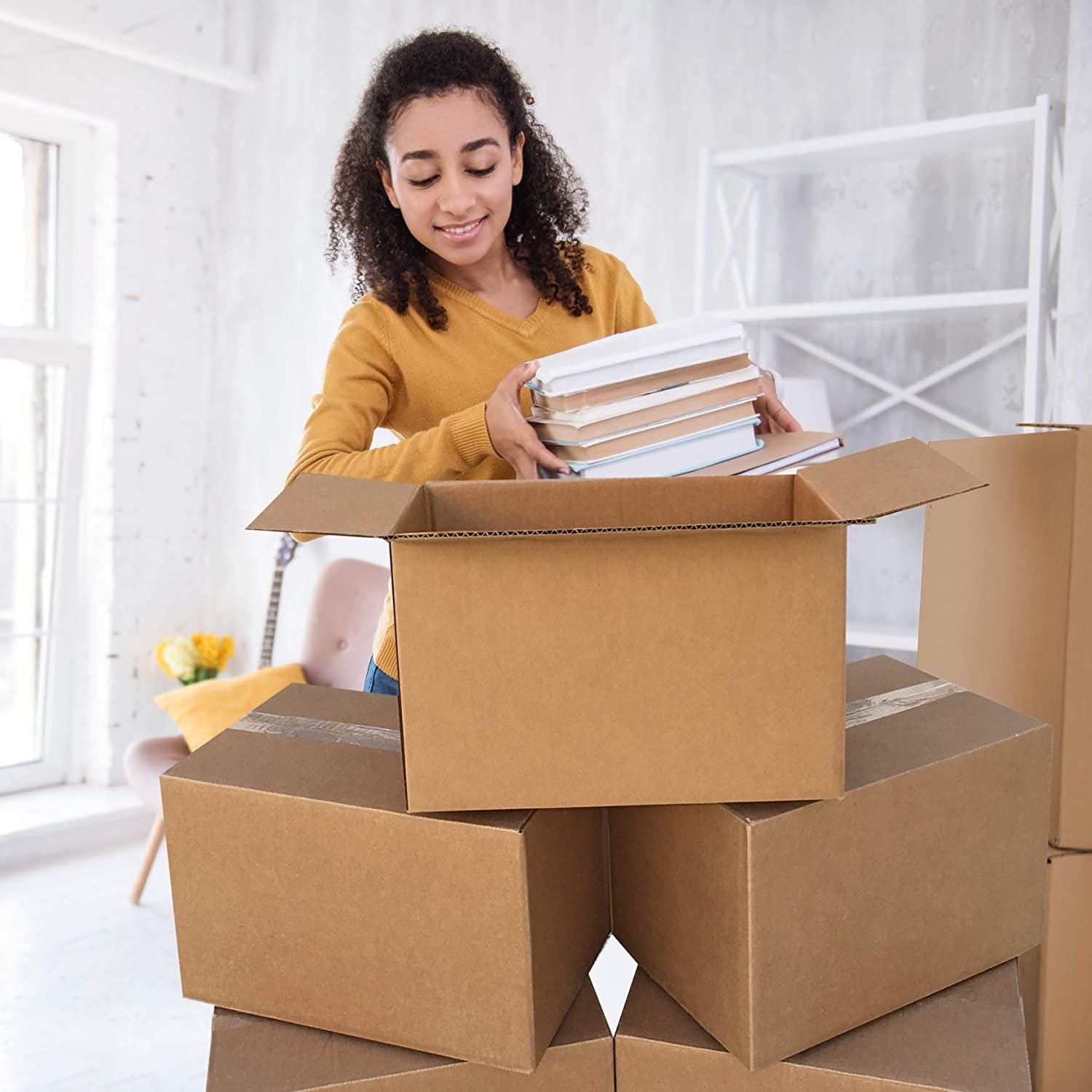

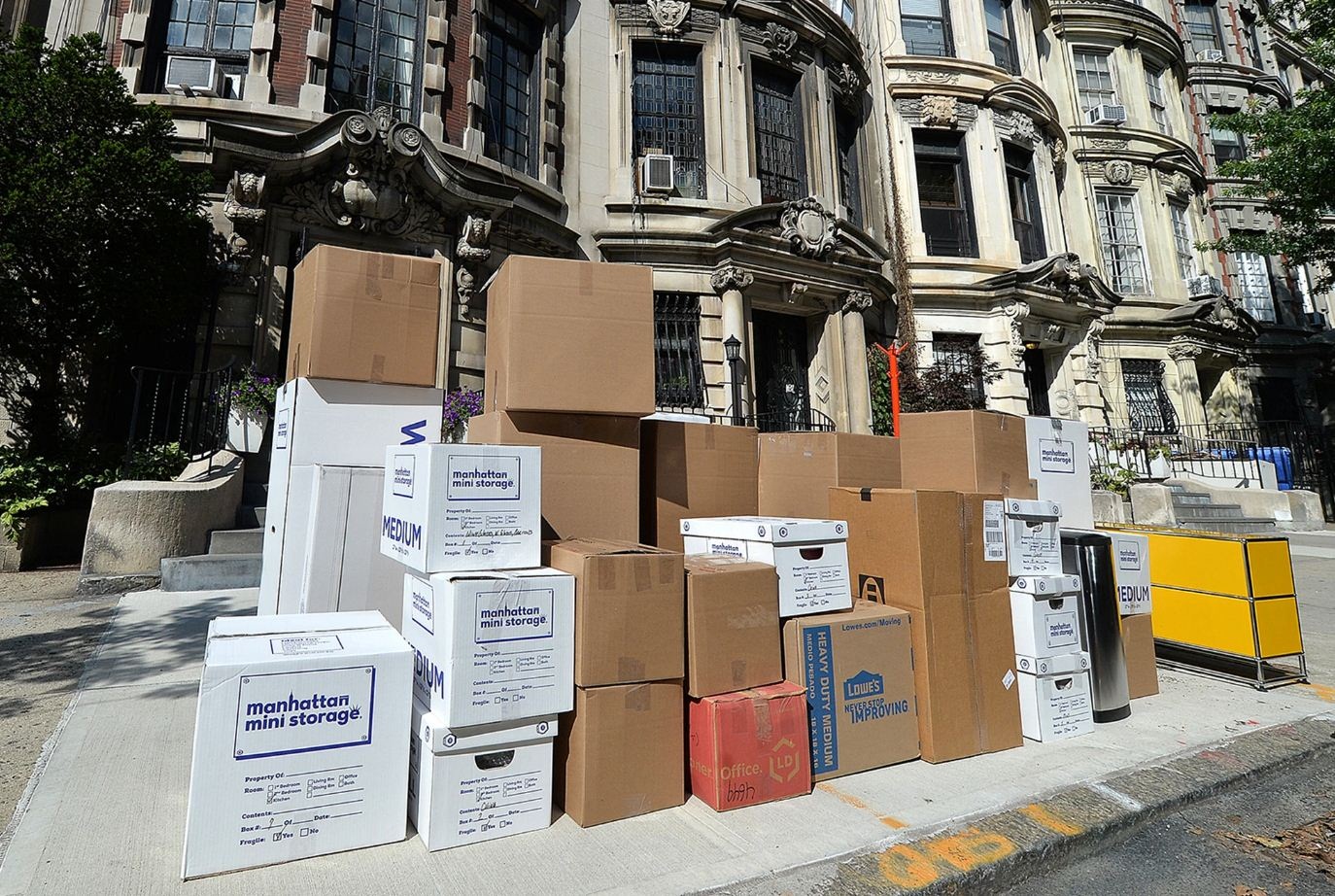
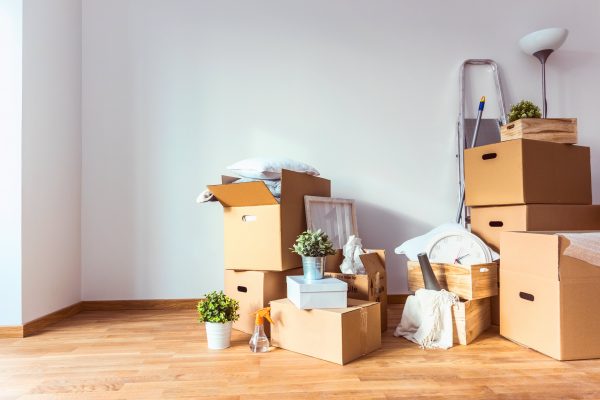
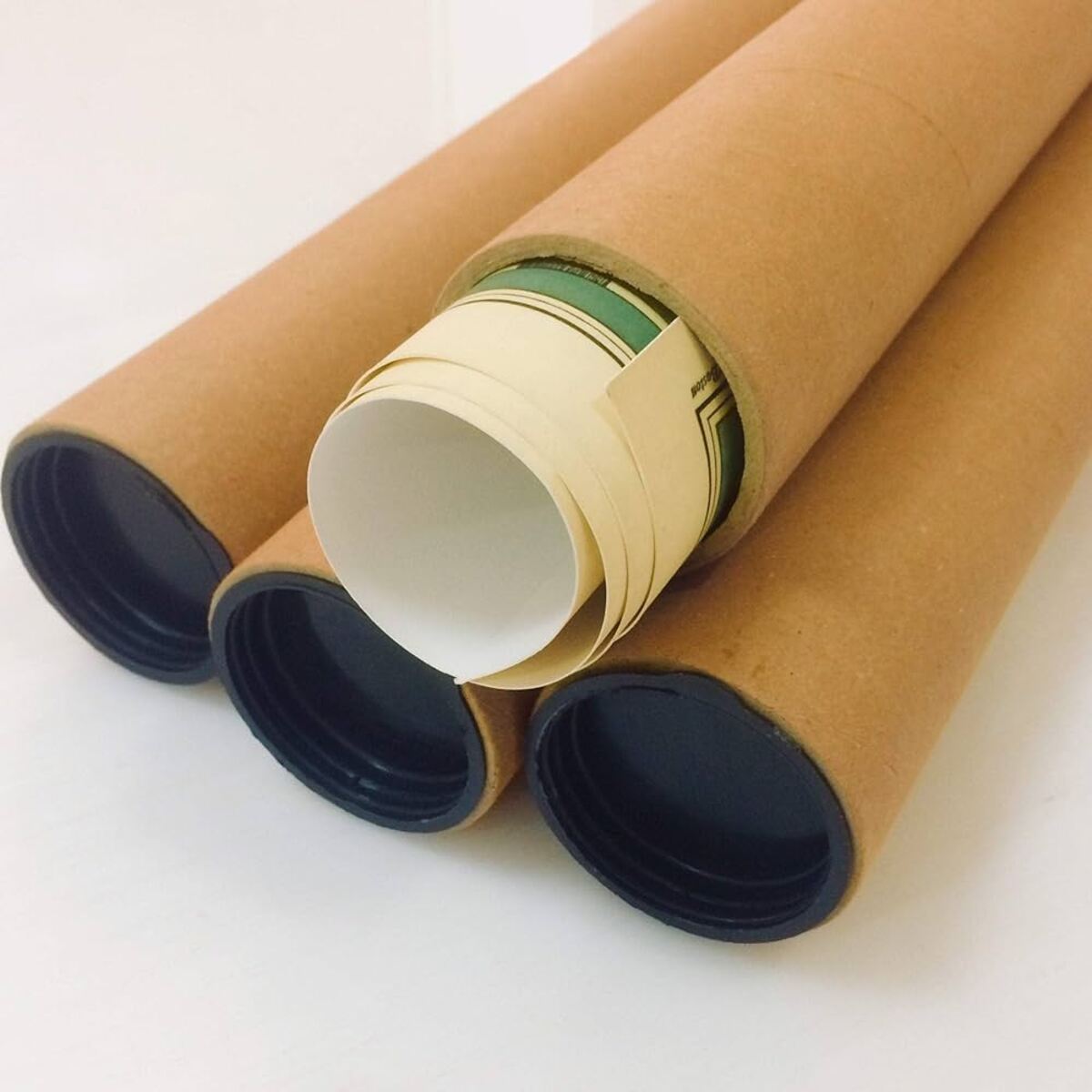
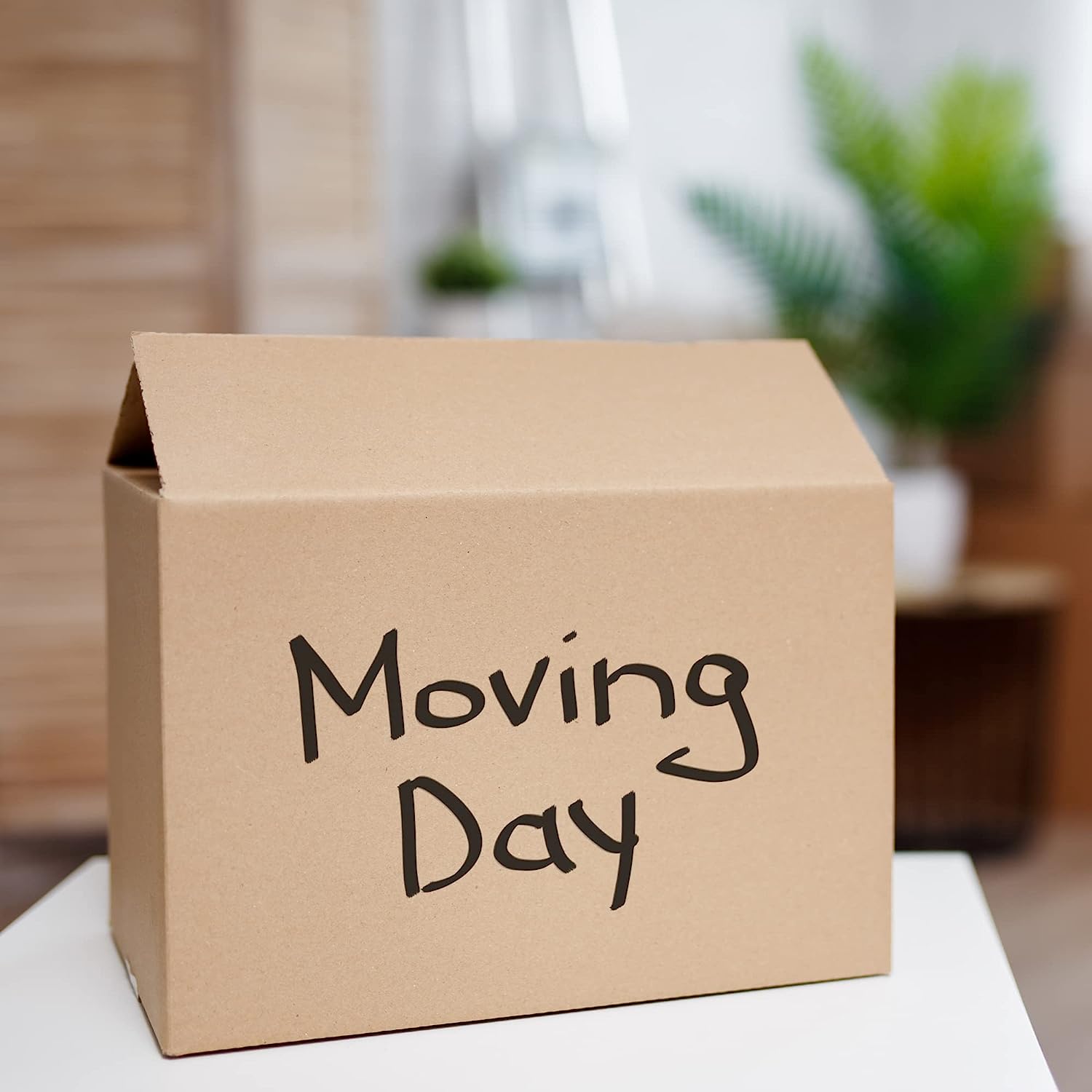
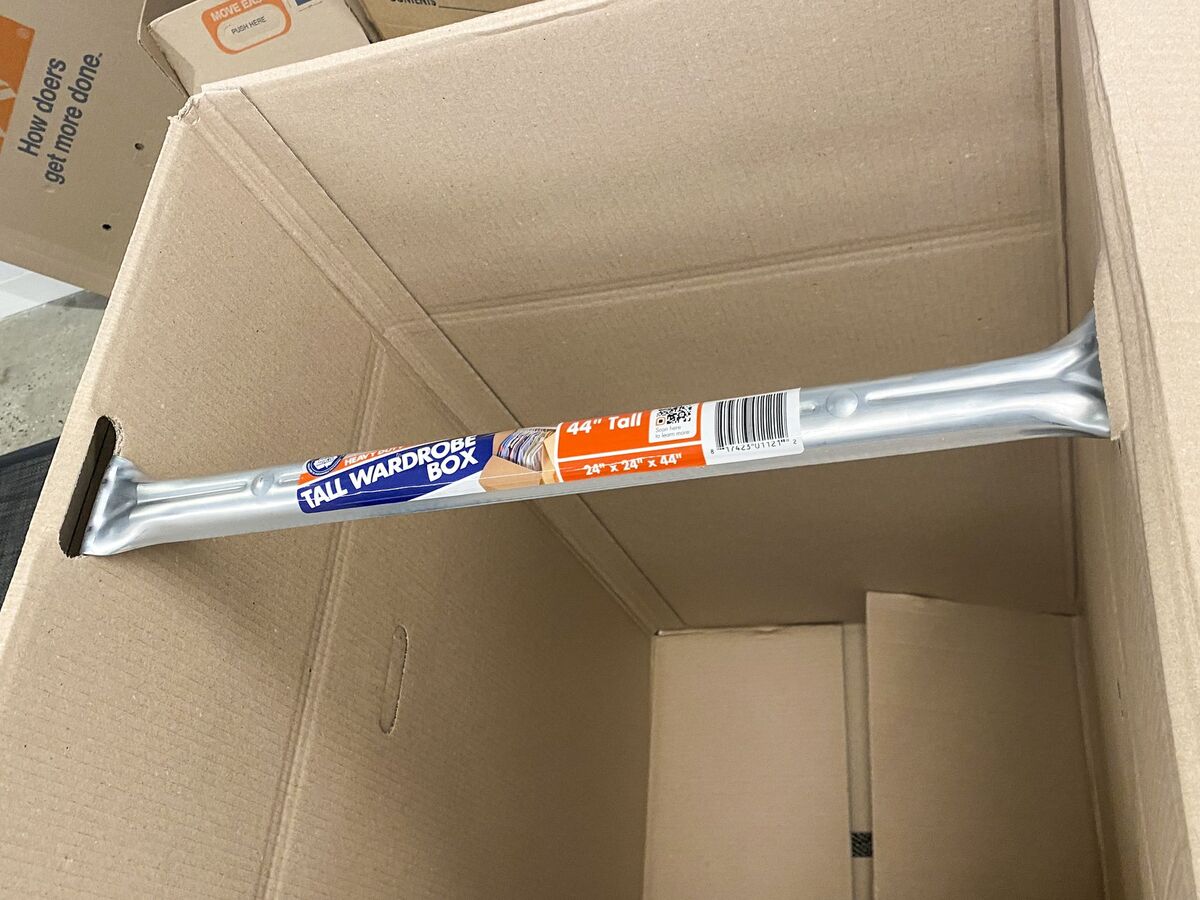
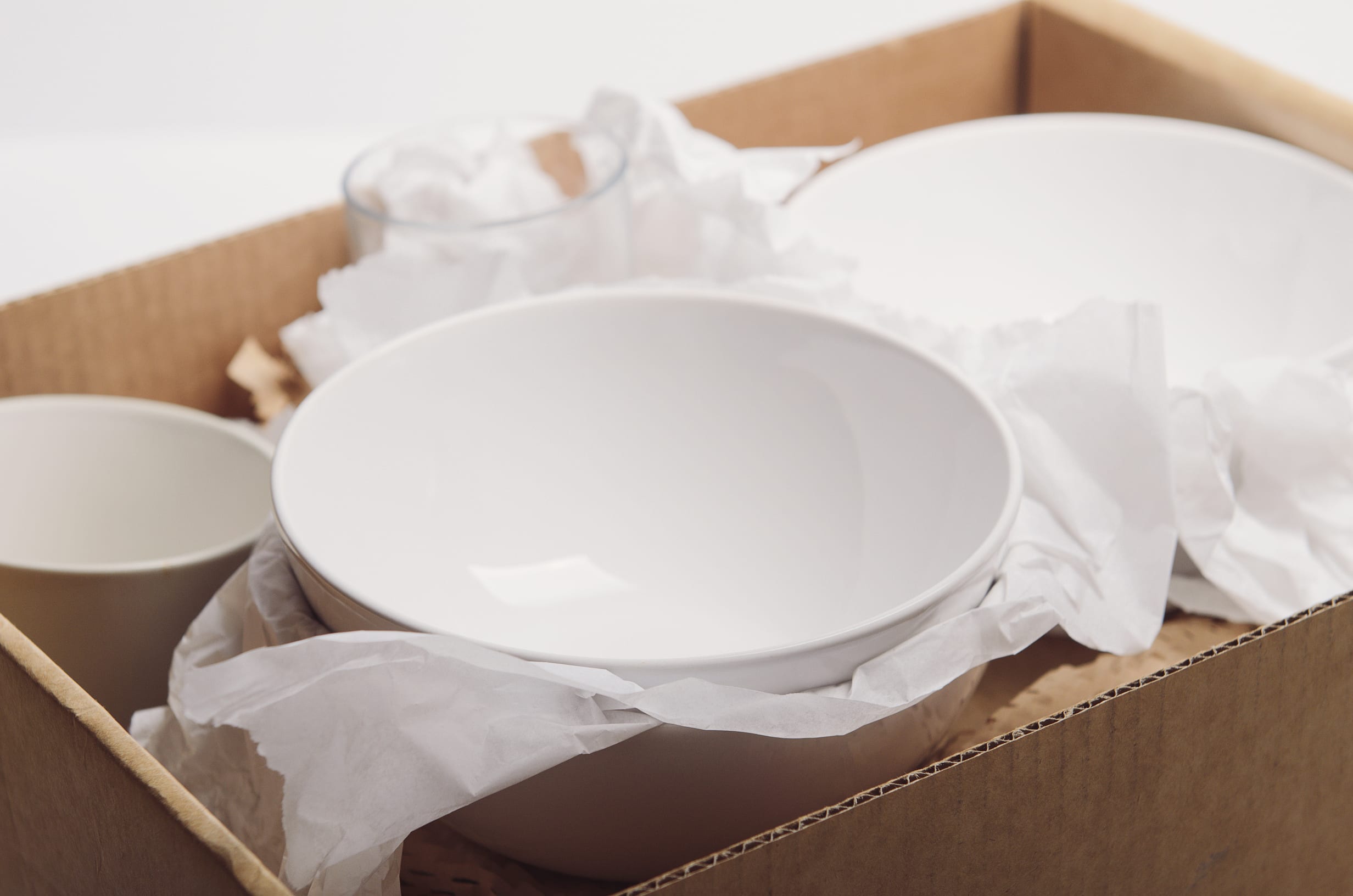
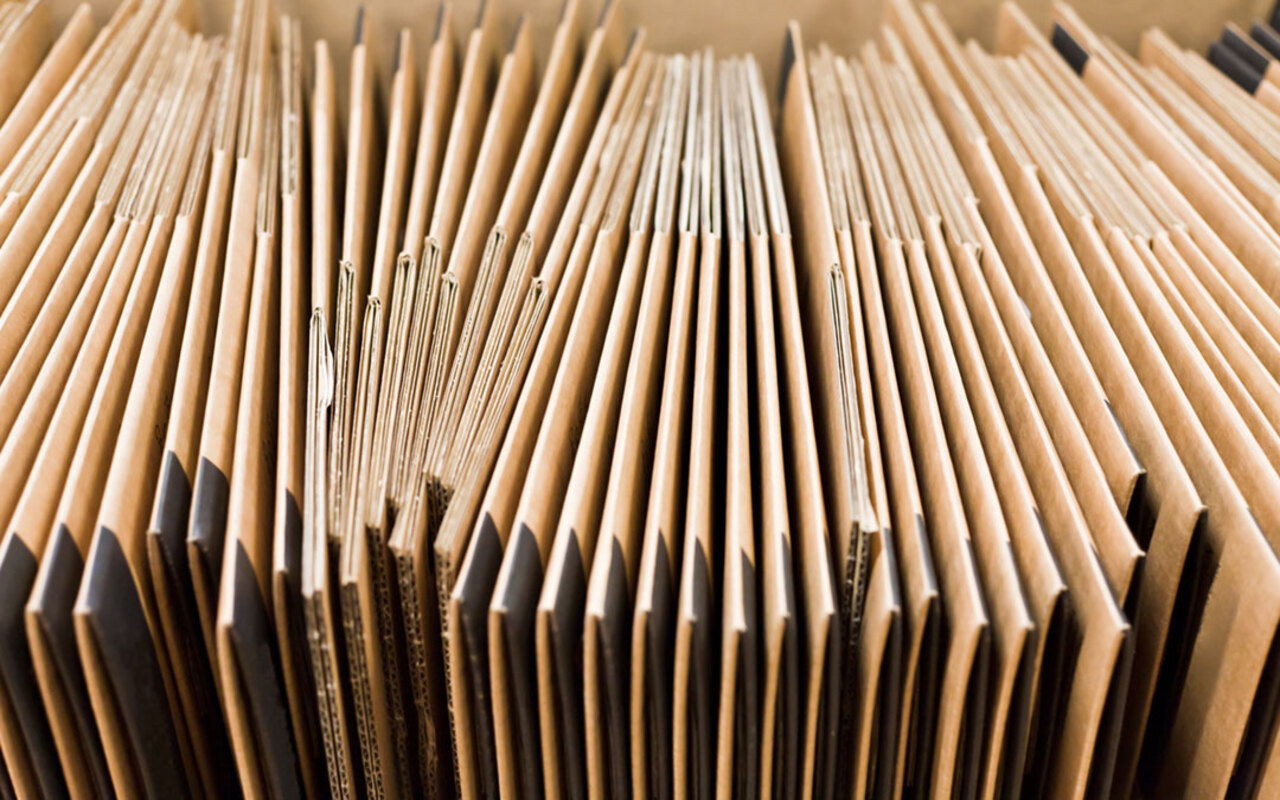

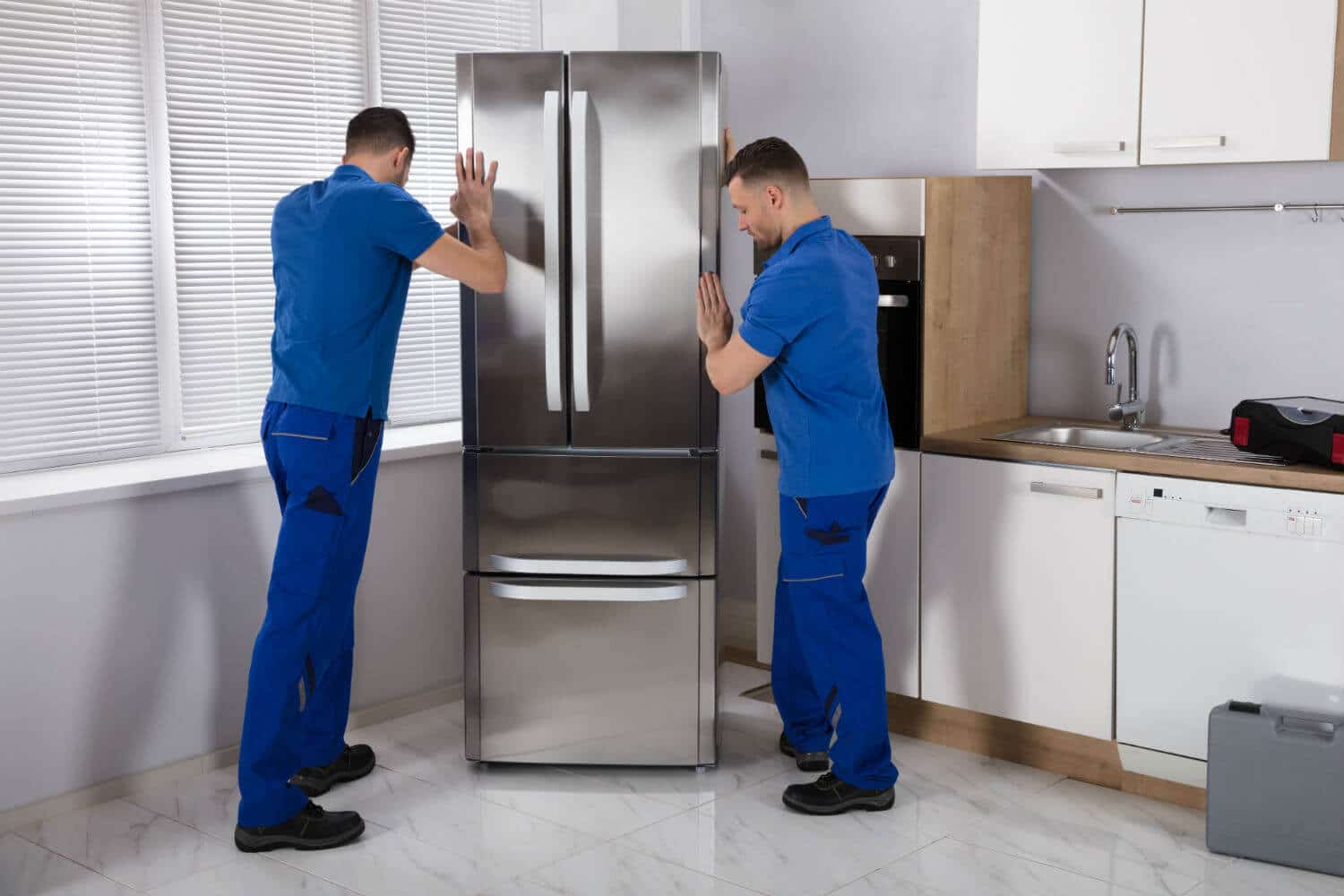

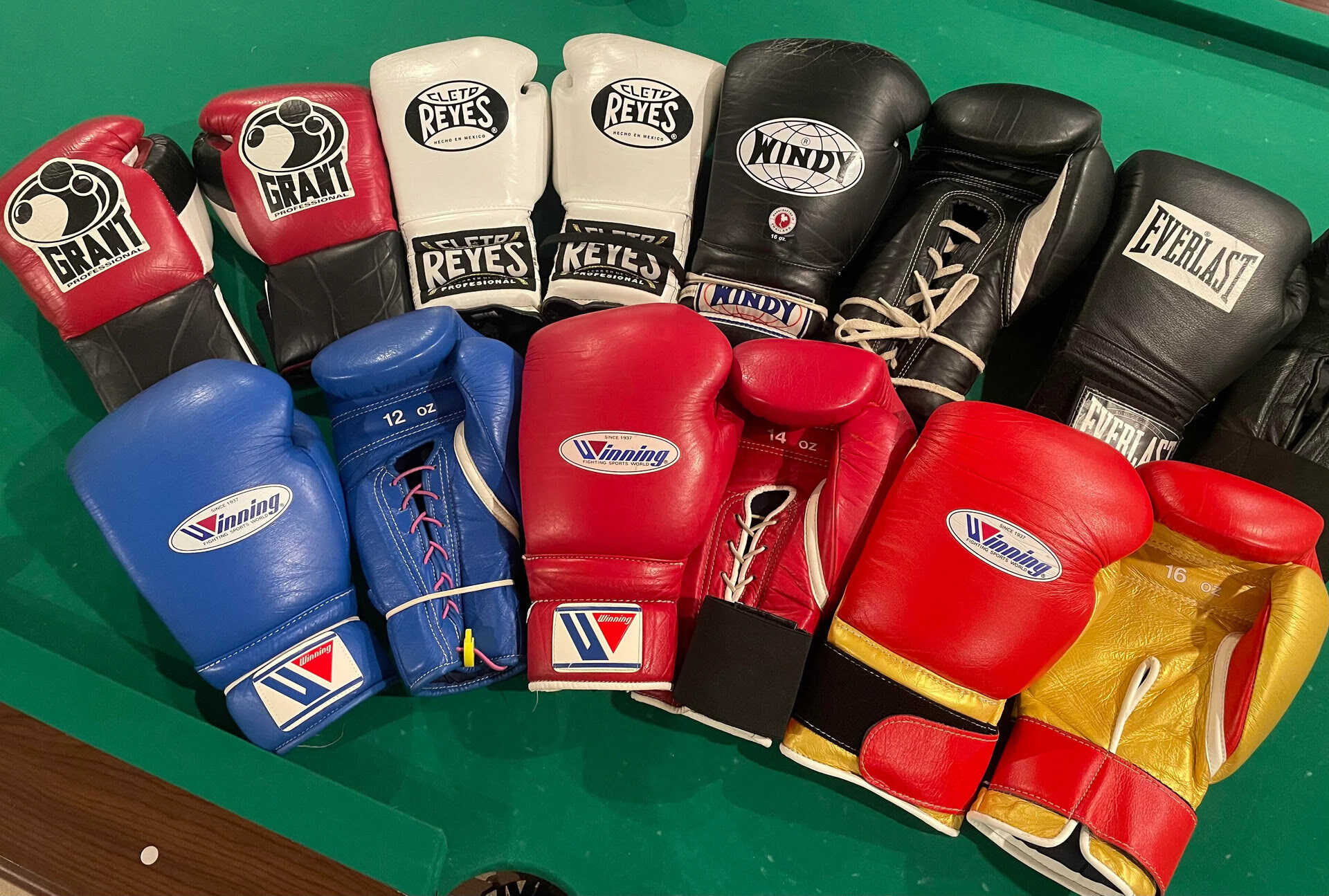

0 thoughts on “How To Store Moving Boxes”